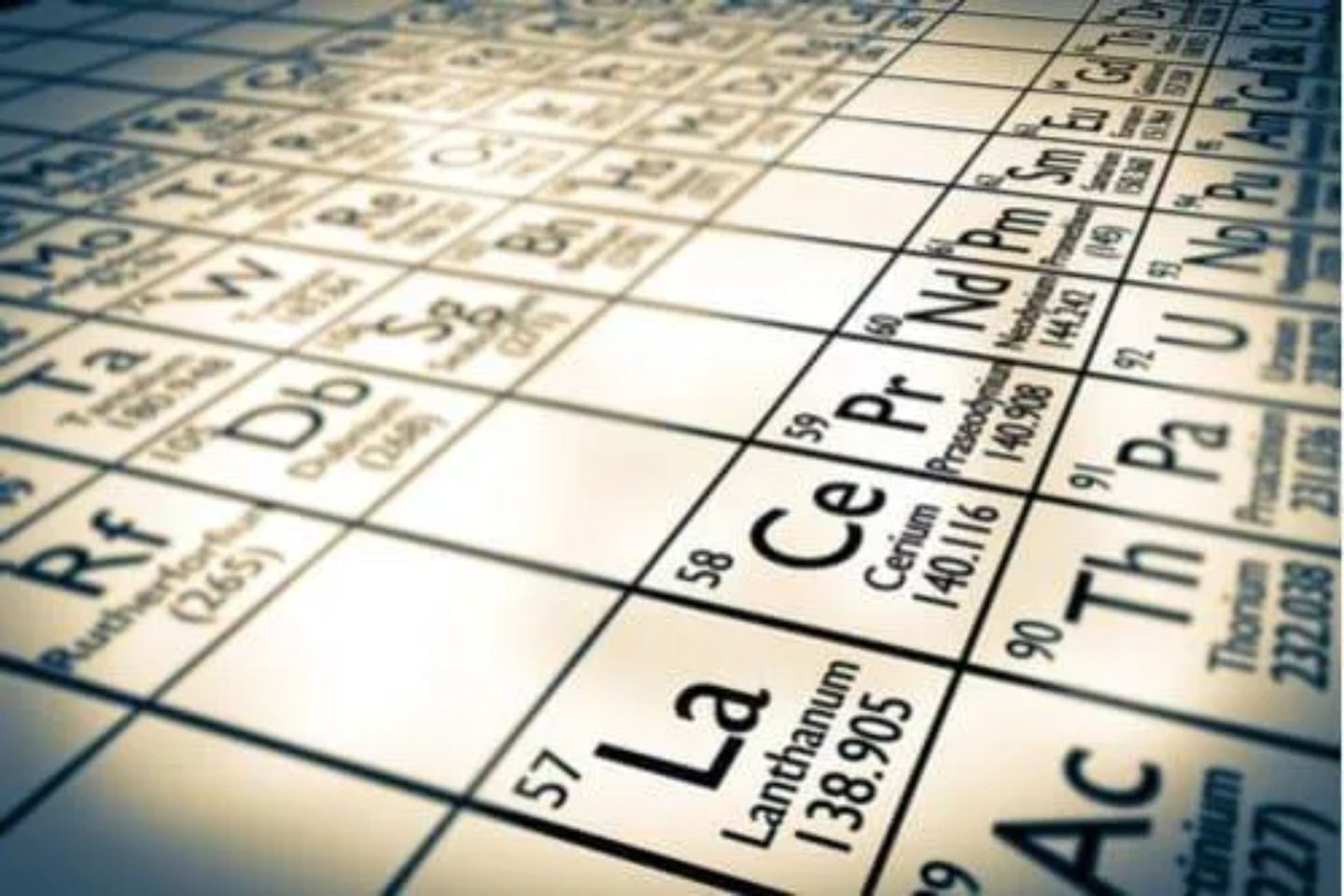Si6 Metals and Foxfire Metals are poised to launch their joint venture search for rare earths and lithium at their Caldera project in Brazil that sits near Meteoric Resources’ colossus Caldeira play boasting 409 million tonnes at 2626ppm TREO. Geophysical studies are underway and surface sampling will begin this week, while lithium exploration will begin in this year’s second quarter in the “Lithium Valley”.

Si6 Metals and Foxfire Metals are poised to launch their joint venture (JV) search for rare earths and lithium at their Caldera project in Brazil that sits near Meteoric Resources’ colossus Caldeira play boasting 409 million tonnes at 2626 parts per million total rare earth oxides (TREO).
The JV, which is managed on the ground in Brazil by Firefox, is currently conducting geophysical studies and surface sampling is expected to begin this week, with results to drive an auger drilling program. Lithium exploration activities are also planned for this year’s second quarter in the JV’s five more northern tenements that lie within what has become known as “Lithium Valley”.
The immediate focus on Caldera, however, stems from the success of neighbouring companies in the area and the significant ionic-adsorption clay rare earths resources in rocks within and surrounding the weathering profile of the huge Poços de Caldas Alkaline Intrusive – the same rocks to be targeted by the Si6-Foxfire JV.
The intrusive complex is one the biggest alkaline igneous bodies on the planet, with about 800 square kilometres of circular-like surface expression 30km in diameter. The area is believed to be homogeneously mineralised with rare earths.
Viridis Mining & Minerals’ Colossus operation is also close to the JV’s project area.
Si6 Metals managing director Jim Malone said: “Due to its proximity to the world-class Caldeira Project discovered by Meteoric Resources, we are confident we are in the right areas to make a significant discovery. Our initial focus will be on surface sampling and pending these results, we will return to the project with auger drilling. We will also turn our attention to the Araçuai lithium Project which again is near world-class discoveries from Atlas Lithium and mining giant Sigma.”
Meteoric’s Caldiera project sits within the bounds of the intrusive complex and drilling completed by the company has returned results indicating rare earths enrichment from surface. The average drill depth used in calculating its inferred mineral resource estimate of 409 million tonnes is just 6.9m and it should be noted that 85 per cent of the holes ended in TREO grades greater than 1000pm.
Management has been busy drilling deeper holes at Caldiera and last month revealed assays showing some solid, thick TREO intercepts from surface going as high as 143m at 6406ppm, 200m at 3387ppm, 201m at 3451ppm, 67m at 2026ppm and 71m at 2514ppm. All of the sections contained higher-grade lenses, the best of which was 8m grading a huge 23,946ppm TREO from 85m.
googletag.cmd.push(function() { googletag.display('bn-dfp-article-lb2-advert'); });Meteoric says it plans to release a series of resource updates for Caldiera starting in the second half of this year.
Viridis has also found a rare earths orebody between 10m and 20m thick and with an average grade of 2938ppm TREO at its nearby Fazenda prospect. One drill intercept at Fazenda went a massive 5.5m at 14,896ppm TREO within an 18.5m section grading 6253ppm from 1m depth.
The company is also working up its Cupim South prospect that has an average grade of 3460ppm TREO and is between 15m and 45m thick. Drill intercepts include 24m at 4573ppm TREO including 14m at 6177ppm and 65m at 2799ppm including 46m grading 3285ppm TREO.
Viridis says the best grades and highest of the valuable niobium-praseodymium oxide concentrations occur near surface.
Si6’s Brazilian land grab, which recently netted it a 50 per cent interest in Foxfire’s portfolio of exploration licences, includes two tenements with a total land size of 1085 hectares at Caldera. Although it will be where the JV puts its initial focus, it is also planning to hunt for hard rock lithium deposits in the north of the State of Minas Gerais.
The JV holds five tenements in the north of the State within the world-renowned “Lithium Valley” where competitors have made major hard rock lithium discoveries.
About 25km to the east of one of the lithium-prospective tenements – a 1151ha chunk of land named the Araçuai project – sits Sigma Lithium’s massive Grota do Cirilo lithium project that is reported to contain a mineral resource of 85.6 million tonnes grading 1.43 per cent lithium oxide.
Sigma has modelled an annual output of 766,000 tonnes at Grota do Cirilo, placing it in the top five lithium producers in the world. The first shipment of battery-grade lithium spodumene concentrate from the project set sail in May last year.
In shouting distance from Grota do Cirilo, Toronto Stock Exchange-listed Lithium Ionic Corporation is sitting on its own resource of 17.7 million tonnes grading 1.41 per cent lithium oxide.
Further north within the lithium province, the Si6-Foxfire JV holds two tenements in the Salinas area that are within about 30km of Latin Resources’ massive Salina project that boasts a 70.3-million-tonne resource grading 1.27 per cent lithium oxide. Latin says it is planning to commercialise Salinas with a 3.6-million-tonne per year mining and processing operation that would establish the company as Brazil’s second-biggest spodumene concentrate producer.
After confirming the co-ownership of the Brazilian ground last week, the JV is wasting no time in kicking-off its exploration efforts. As part of the agreement, Foxfire will be free-carried through to a “bankable” feasibility study, while Si6 – through its fully-owned subsidiary Brazilian Ventures – will be initially required to spend $1 million in the first year of the combined operation.
ASX punters keen to establish a position in Si6 prior to more news flow out of Brazil bought into the company this morning, giving the share price a 25 per cent bump from Friday’s close to touch 0.5c.
Is your ASX-listed company doing something interesting? Contact: matt.birney@businessnews.com.au
















